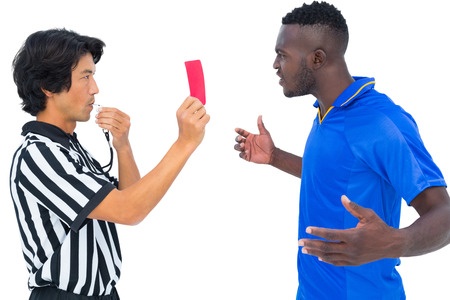Note that your final mark will not be saved in the system.
B2 Officials and their roles and responsibilities in sport GapFill
You must fill all the gaps before clicking ‘Check Answers!’

Officials are employed in sports to enforce the rules and regulations set by national governing bodies. Modern-day sports often involve multiple officials working as part of a team to ensure that play is in line with the rules and regulations set by the governing body. Different types of officials are employed in different sports to oversee the specific rules and regulations set in each. This activity will cover the roles of some of the key officials, using different sports as examples, as well as the joint responsibilities that officials have in sport in general.
Key officials and their roles:
Referees and umpires have the most for the rules of gameplay. The referee is constantly ensuring that players adhere to the rules and regulations of the game (e.g. awarding free kicks and penalties for fouls in football and rugby), whereas an umpire mainly settles (e.g. a challenge from a tennis player) and makes regarding key match events (e.g. whether a batter in cricket is out for leg before wicket).
Assistant referees and line umpires provide to the main official. For example, assistant referees in football run the line and flag key decisions such as offside, and throw-ins, goal kicks and corners. The main referee can ultimately the decision of an assistant if they are fully confident in their own decision. Other examples of assistants are in tennis who call whether a ball is in or out.
Scorers and judges work in sports that are not entirely objective. These often use point-based systems, such as for the difficulty and execution of routines, or the number of kicks and punches someone is able to land on their opponent in .
are used for sports that are played for a set duration, as opposed to a score as is the case with sports such as tennis, badminton and . Their role is to ensure that each interval is played to the correct length of time, which may involve accounting for stoppages within the rules of the game, as is the case in football where additional time is added on at the end of each half.
are assistants working in a remote location while a match is in play, who review key incidents to support the main official in making the correct final decision. They allow the main official to review the video footage themselves on a screen inside the stadium to offer them a new perspective on the incident. Examples include the (VAR) in football, the in cricket, and the (TMO) in rugby.